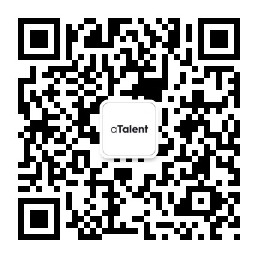
As we discuss in the last post, it is essential to have an effective organization structure within the company. Now, what should companies do next?
Josh Berish, a HR expert provides us five basic principles that will help you “Hack the Career” in your company.
1. Make Talent Mobility Part of Your Culture:
Companies should provide programs, support systems, rewards, and tools to help people move from job to job, including:
- Post internal job openings, so people can find, register interest, and apply for internal positions they are interested in.
- Provide tools to help people assess themselves and equip themselves for the next position.
- Set reward systems that incent managers to hire internally, even though an external candidate may be more qualified.
- Recognition and social rewards that motivate people to take lateral, but developmental jobs, that help the company and their own career
- Stress that managers are responsible for “developing talent” not “hoarding talent,” and they are rewarded for moving people out of their groups.
- Have an open communication with executives and discuss the importance of job rotation for companies and individuals with employees.
2. Build and Invest in Career Transition, Learning, and Coaching
High performing companies create lots of development programs, they give people time to mentor others, and they reward leaders who act as coach, not just task master.
Even though it takes time to help someone develop in a new job, and it might seem easier to hire an expert from the outside to do a job. But remember when you take on an internal person, you gain institutional expertise, hopefully you have someone who fits the culture, and you learn much more about the company as a result.
3. Provide Career Coaches Independent of Line Leaders
Often time, line managers do not know where other opportunities within the company may be.
Employees should have two managers: a line or team leader, and a separate “career coach.” The career coach’s role is to help people find the next best job with everyone’s interest at heart. In a sense, this “career manager” is responsible for making the chart below work for both sides.
4. Develop Reward Systems Which Support Internal Mobility
Moving people internally comes with risk. Sometimes they don’t work out, the job isn’t a good fit, or they just aren’t ready for the new role. Therefore, it is important to reward managers and employees for changing jobs.
First, managers have to feel comfortable training an internal candidate who may have little or no experience in the position. It may reduce the performance of their team in the short term, but ultimately pays off.
Second, the organization must have support and reward systems that let people move from a position of competence (what you’re doing today) to one of incompetence (something new). This means managers and HR must provide onboarding, coaching, and transition training tools for most positions.
5. Post Jobs Internally and Provide Tools for Internal Candidates
Companies with strong career strategies make sure all internal jobs are posted, people get referral bonuses for internal candidates, and there are tools to help you assess yourself against a new position.
Today, technology is transforming the HR system. Most of the new HR systems give employees total transparency into other jobs in the company. Through these tools, employees can browse career ladders, look at competencies, register their interest in a job, and even take assessments to understand their fit. These tools have a tremendously positive impact on employee engagement, talent mobility, and business performance.
In the next post, we will walk you through the impact of having a strong and efficient career planning for your business.

Scan the QR code to learn more about talent management.




aTalent